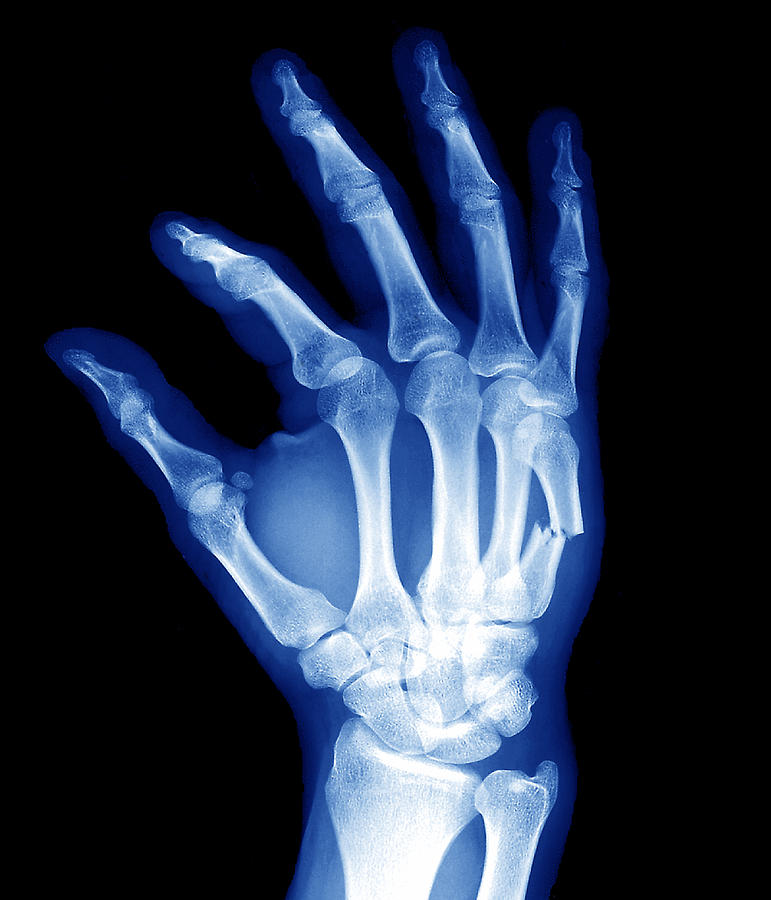

Injury to the growth plate can lead to limb length discrepancies or angular deformities.

BONE FRACTURE SKIN
closed fracture - the bone is broken, but the skin is intactįractures have a variety of names.open fracture - the bone exits and is visible through the skin, or where a deep wound exposes the bone through the skin.When a fracture occurs, it is classified as either open or closed: It is important to note that for compound fractures (bone penetrating skin) or other extreme trauma that resulting in heavy bleeding or loss of consciousness, you should get to an emergency room as soon as possible.A fracture is a partial or complete break in the bone. Orthopedic specialists at these locations will evaluate your injury, provide onsite imaging, and schedule any surgeries if needed. These locations allow you to see an orthopedic specialist without an appointment and without an emergency room copay. If you suspect a broken bone, Walk-In Orthopedic Injury Centers are the best option for your care. Treatment may include a splint or cast, pain relievers, traction or surgery. Bow fracture. Also common in children, a bow fracture occurs when the bone is bent but not broken.This type is more common in children because of the comparative flexibility of their bones. Greenstick fracture. The bone sustains a small, slender crack.Pathological fracture. Bones weakened by various diseases (such as osteoporosis or cancer) can break with very little force.Athletes are at higher risk because they make repeated footfalls on hard surfaces. Stress fracture or hairline fracture. This overuse injury is most often seen in the lower leg, shin or foot.Elderly people, particularly those with osteoporosis, are at increased risk. The bones of the spine, called vertebrae, are prone to this type of fracture. Compression fracture. Two bones are forced against each other, crushing them where they meet.Segmental fracture. The bone is fractured in two places, so there is a “floating” segment of bone.

This type of complicated fracture tends to heal slowly. Comminuted fracture. The bone is shattered or broken into three or more pieces, and fragments are present at the site.Simple fracture. The bone is broken, but the skin is still intact.Compound fracture. When the bone exits and is visible through the skin, it is considered an open, or compound, fracture.While many fractures are the result of high-force impact or stress, they also may occur as a result of certain medical conditions that weaken the bones, such as osteoporosis or certain types of cancer. Discolored skin around the affected area.Limb may look “out of place” or bent at an unusual angle.Swelling and tenderness around the injury.Bone fractures are usually painful and you may have trouble moving the affected area.


 0 kommentar(er)
0 kommentar(er)
